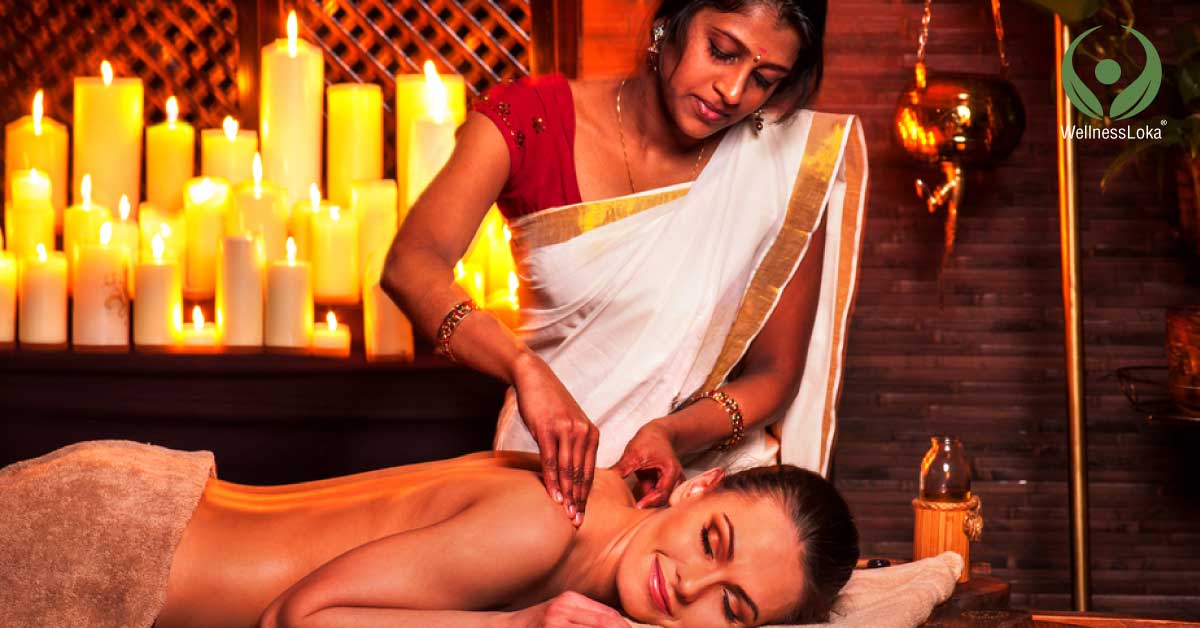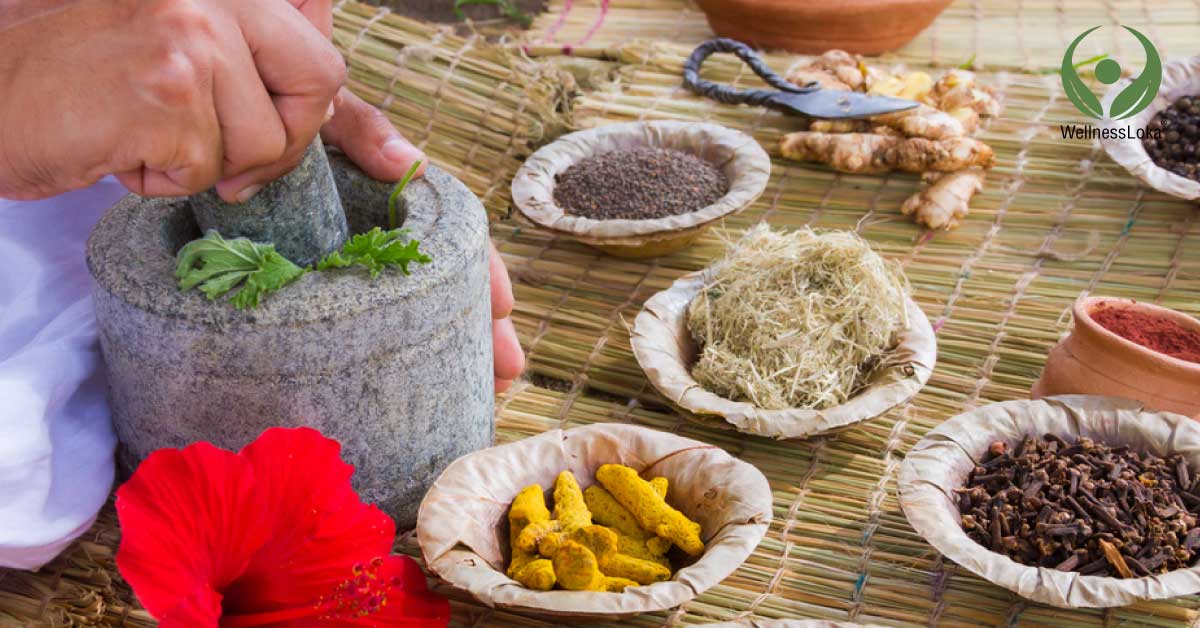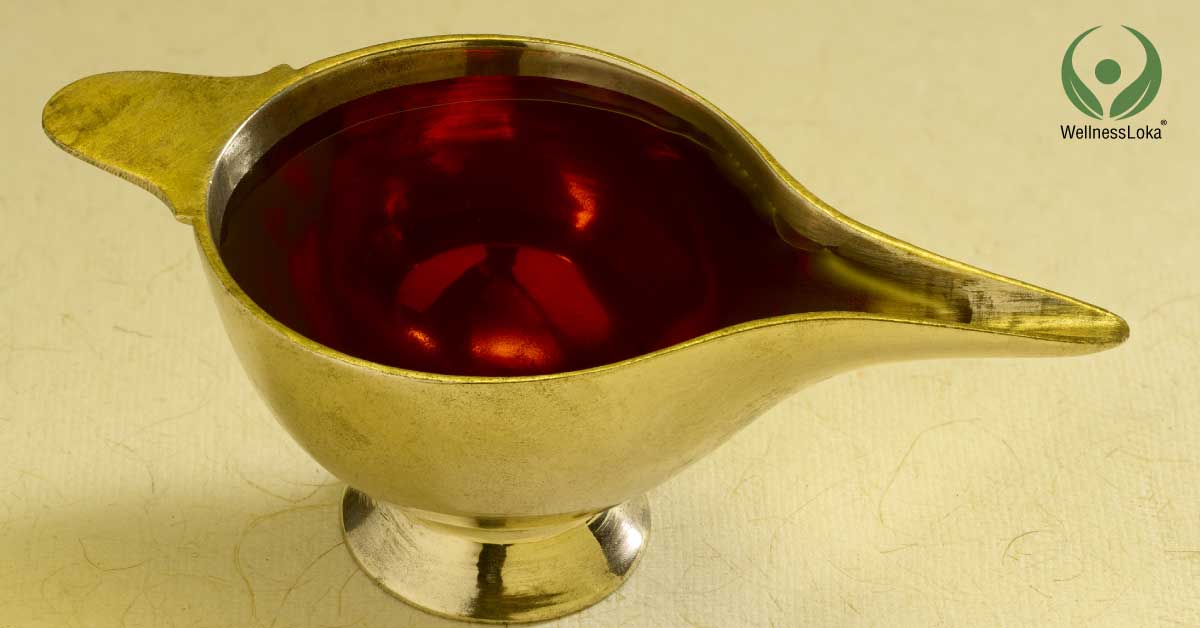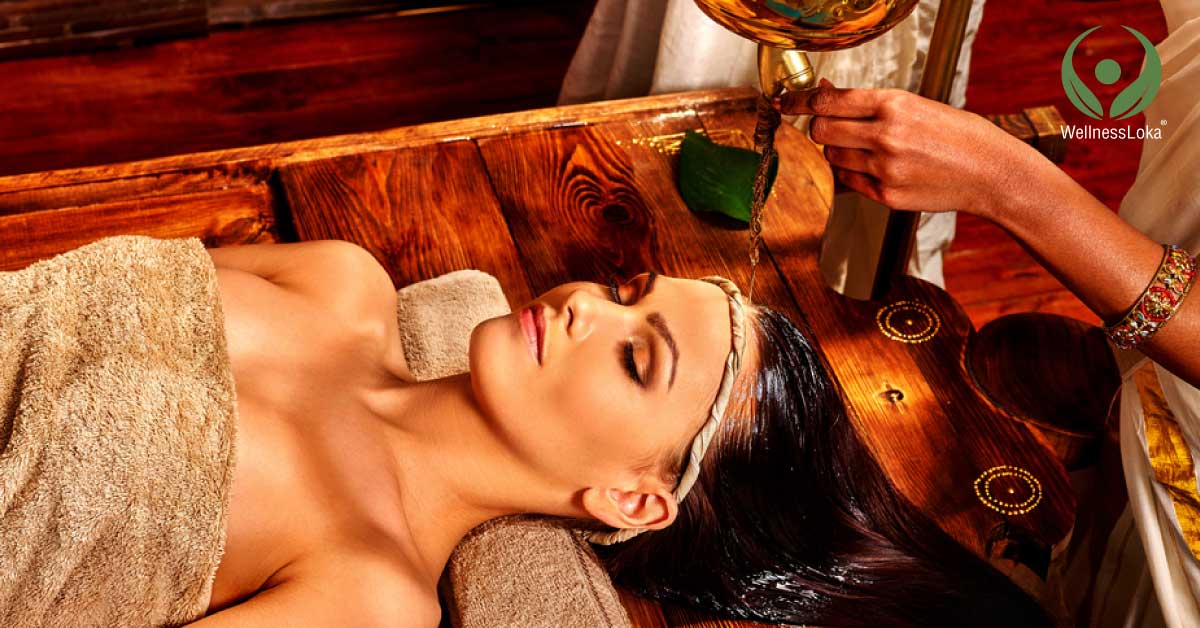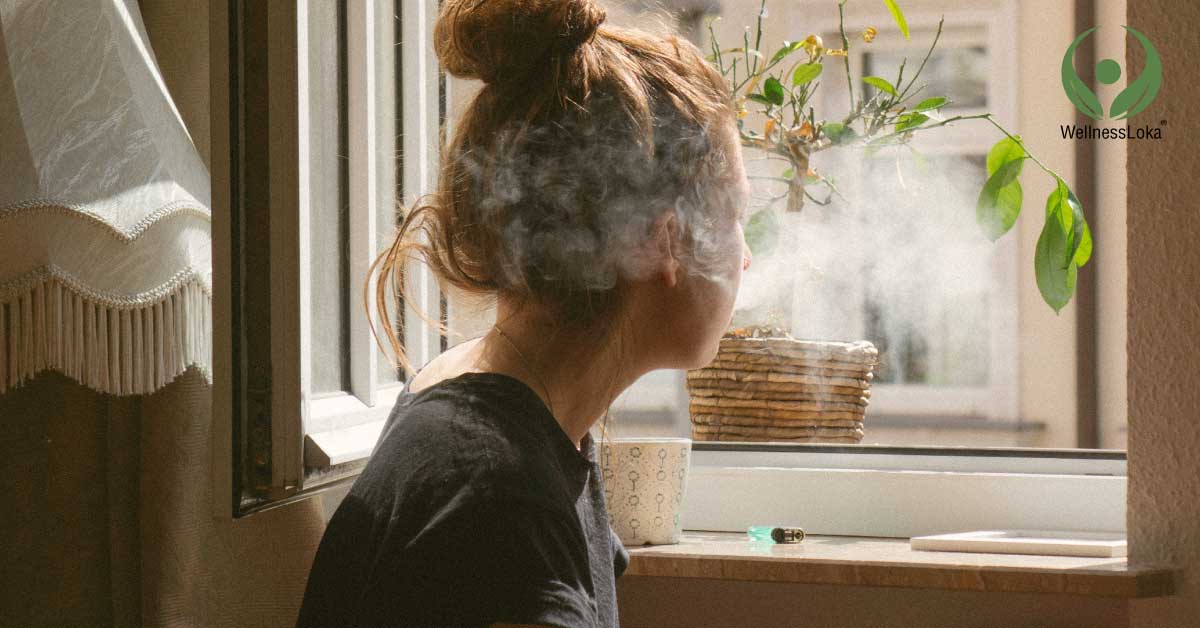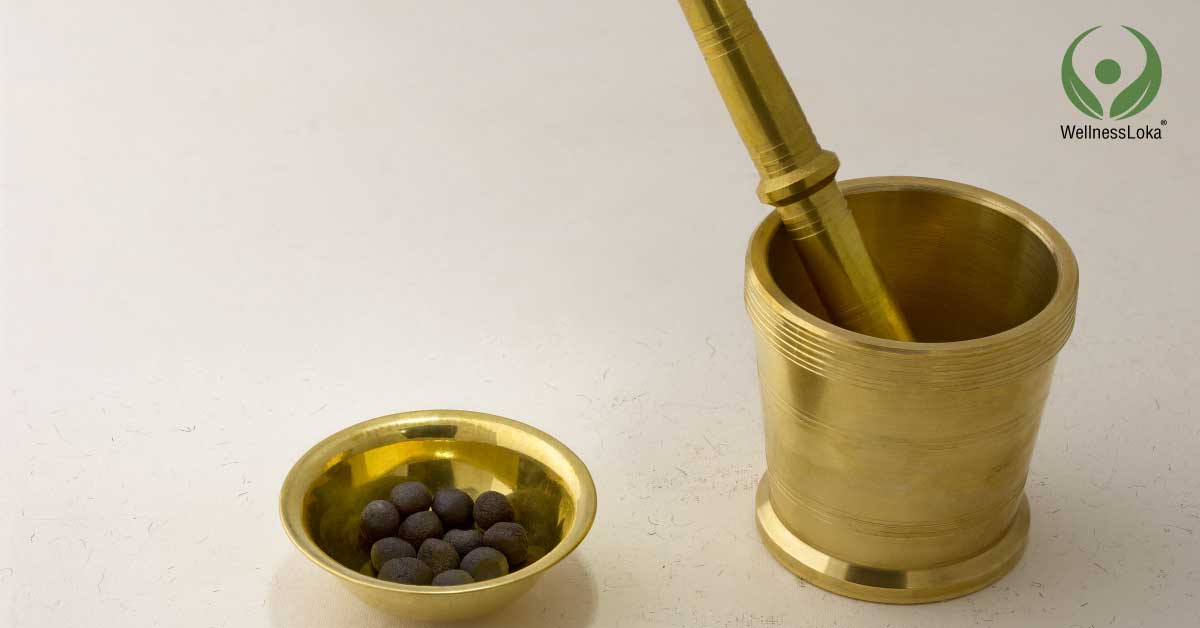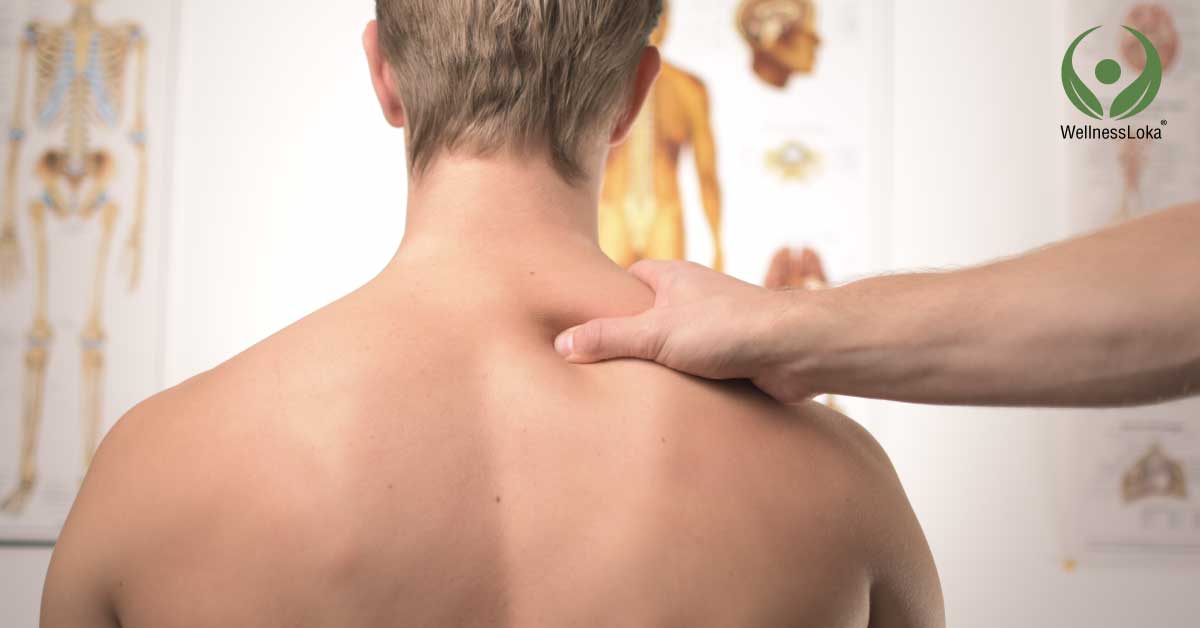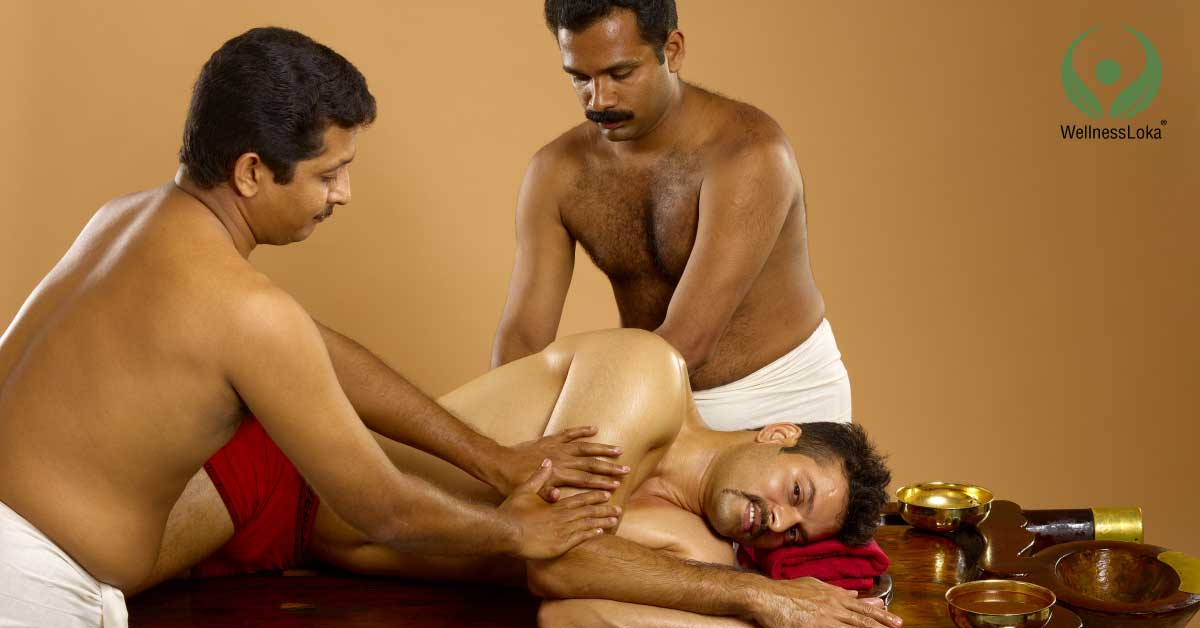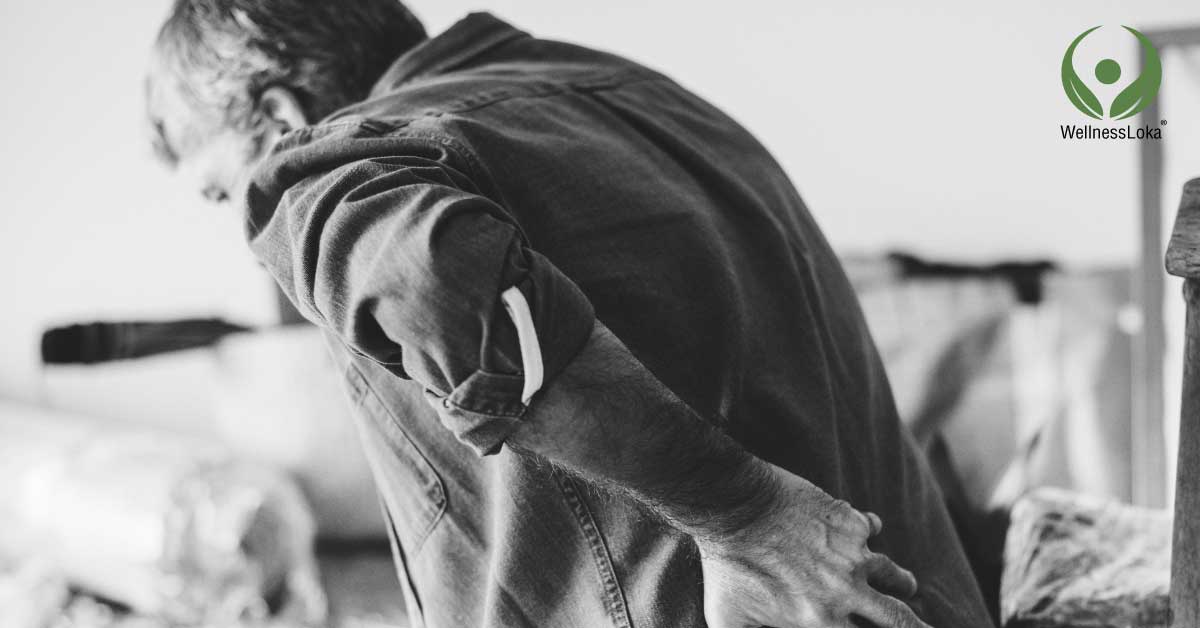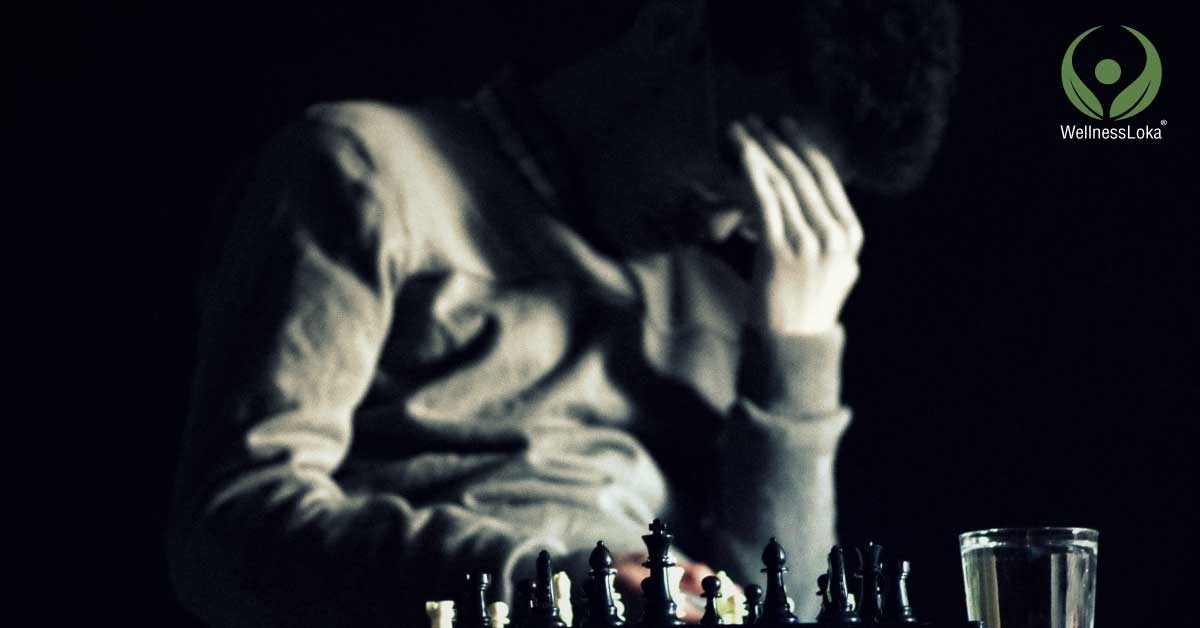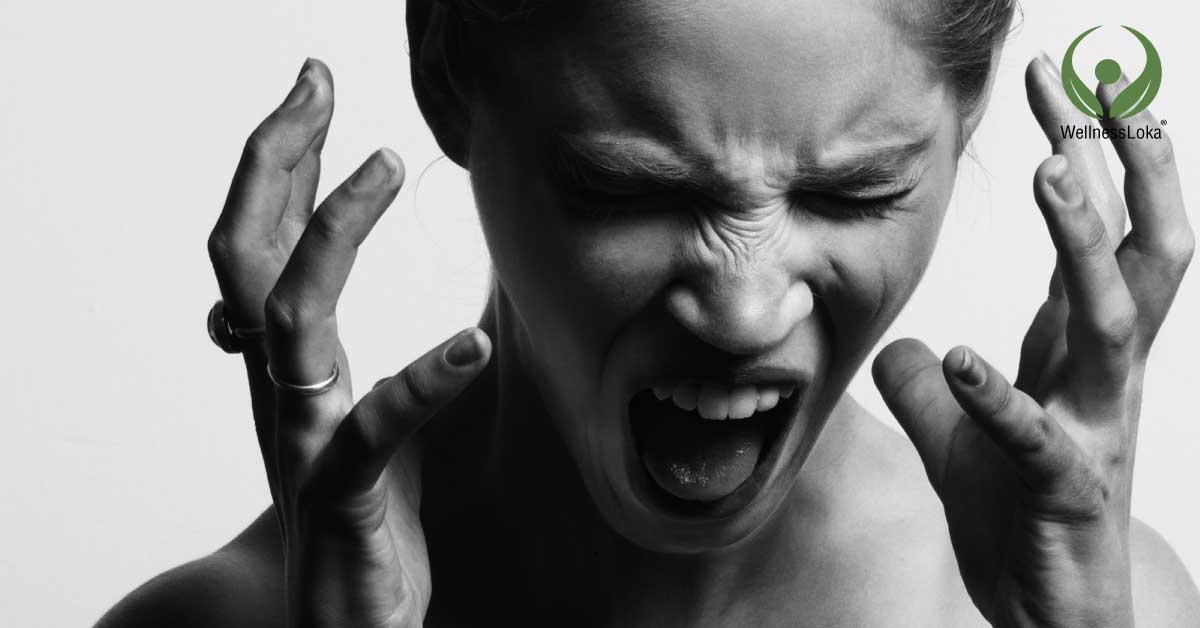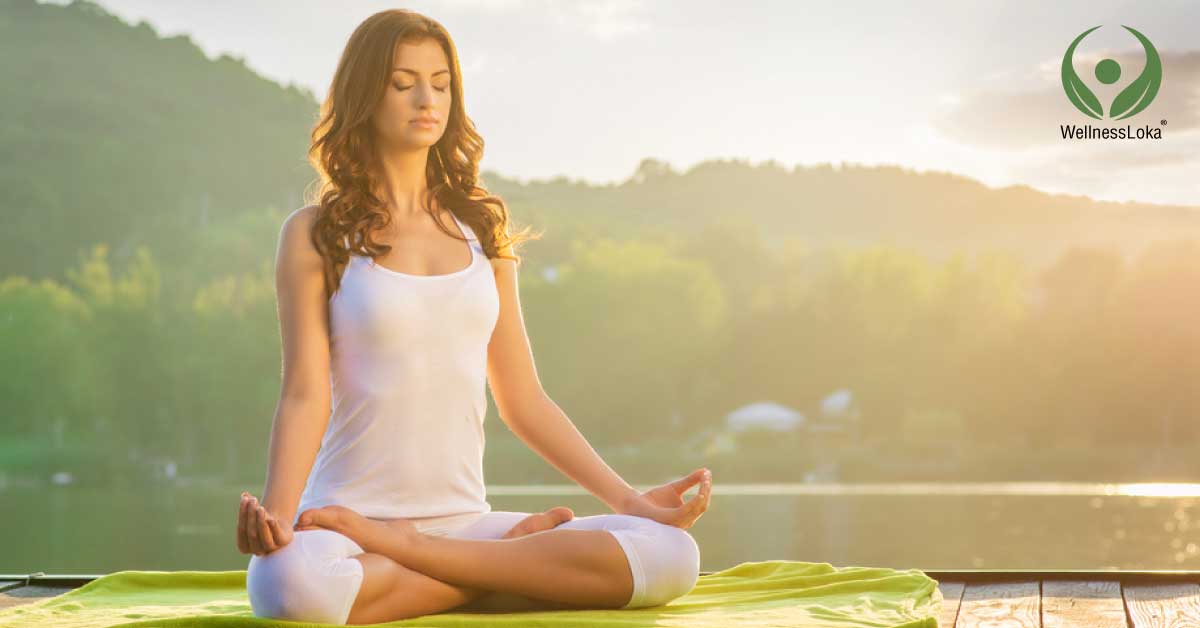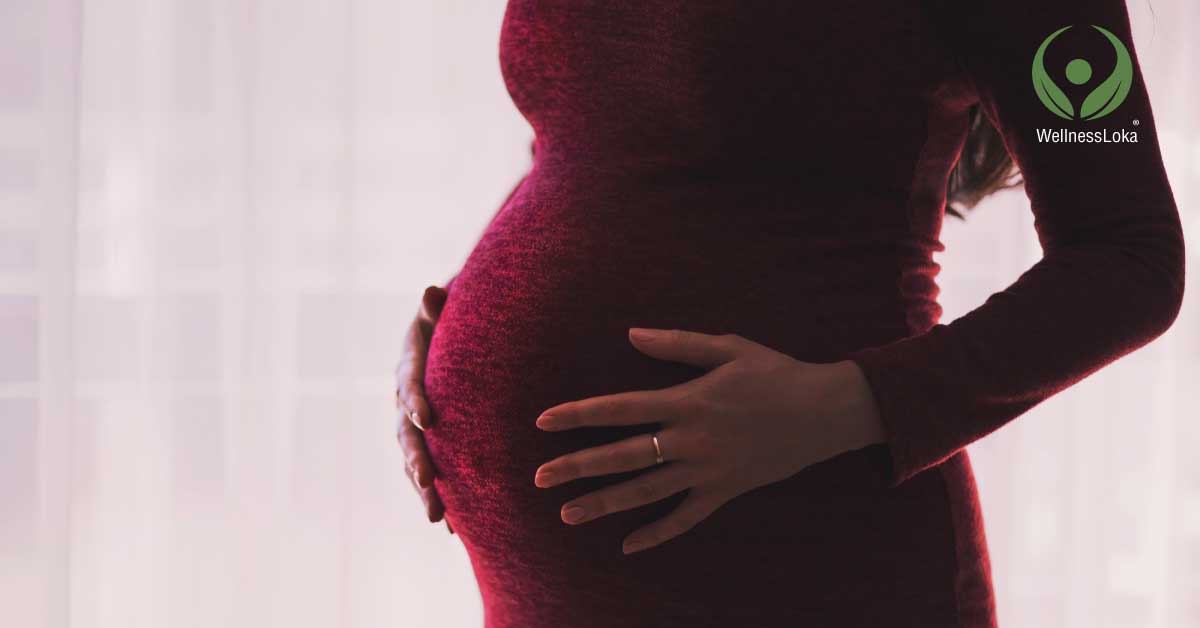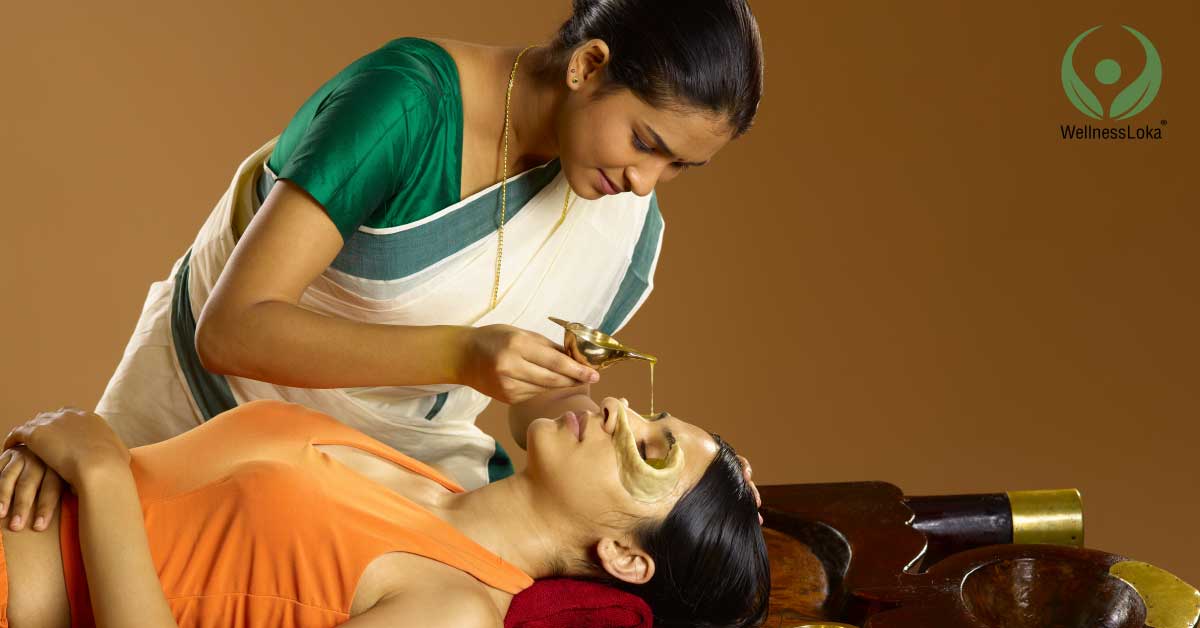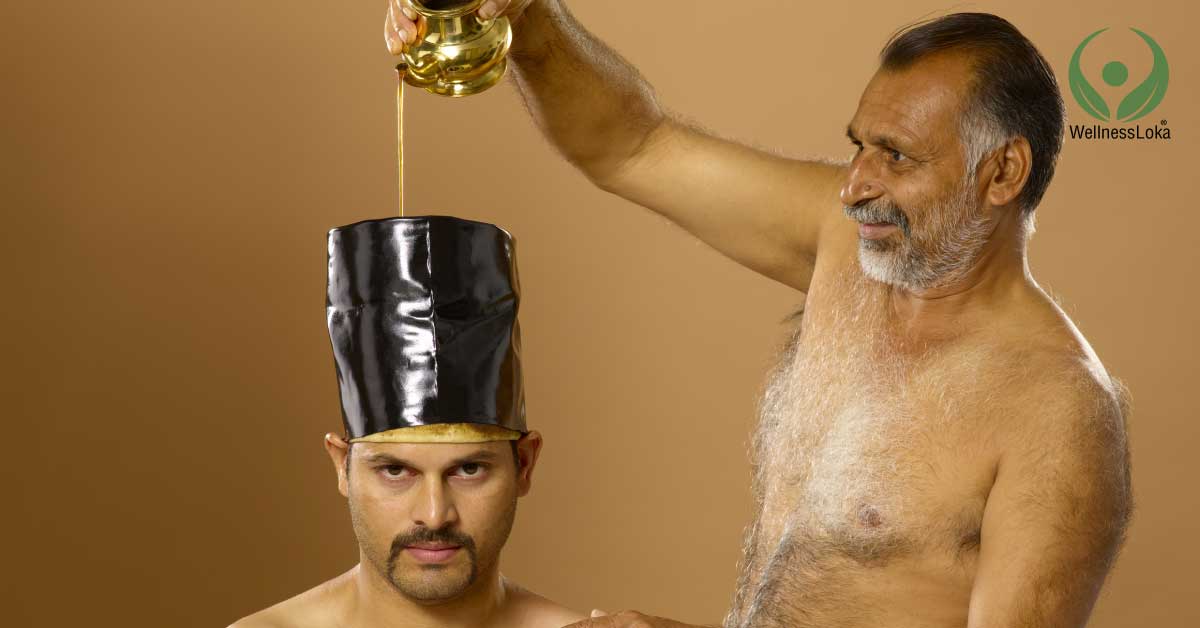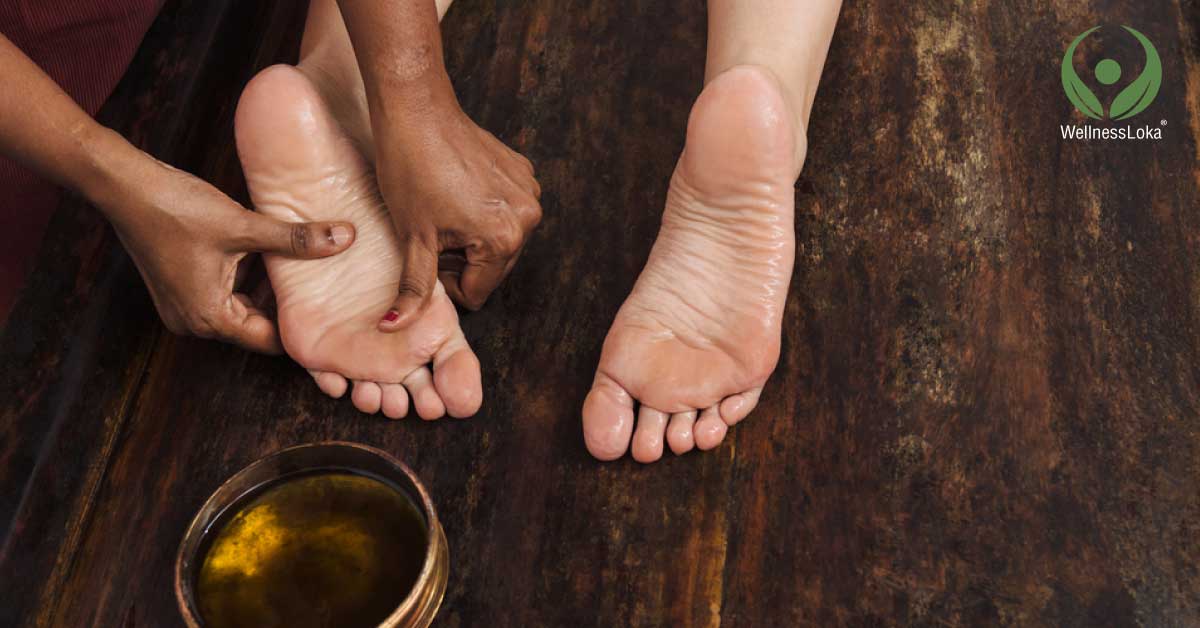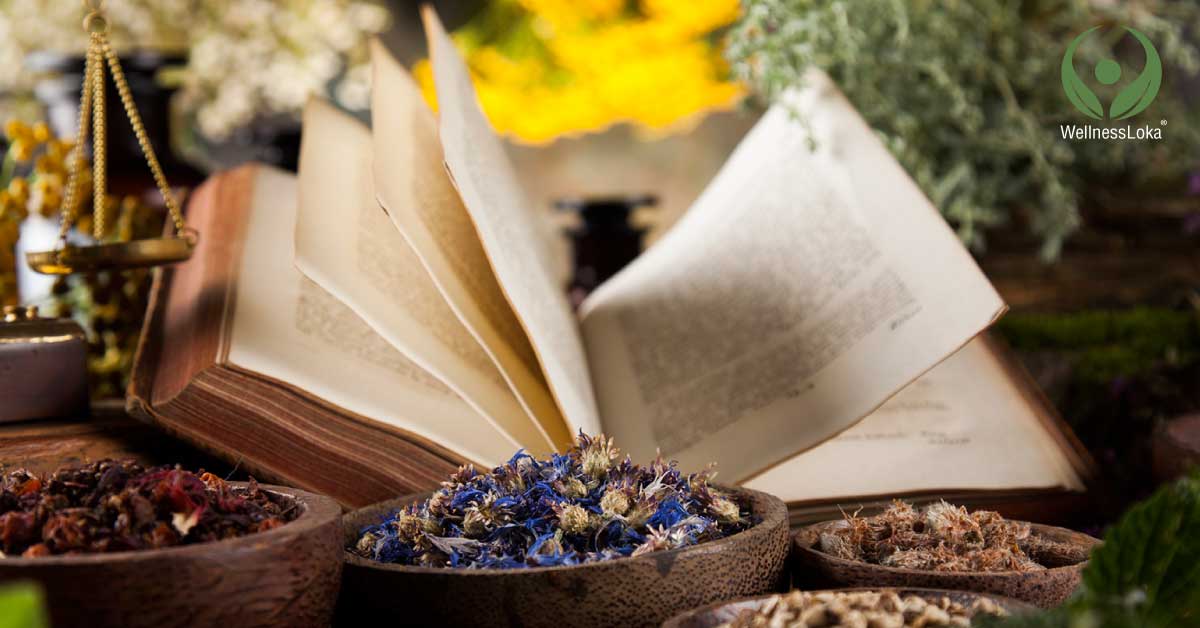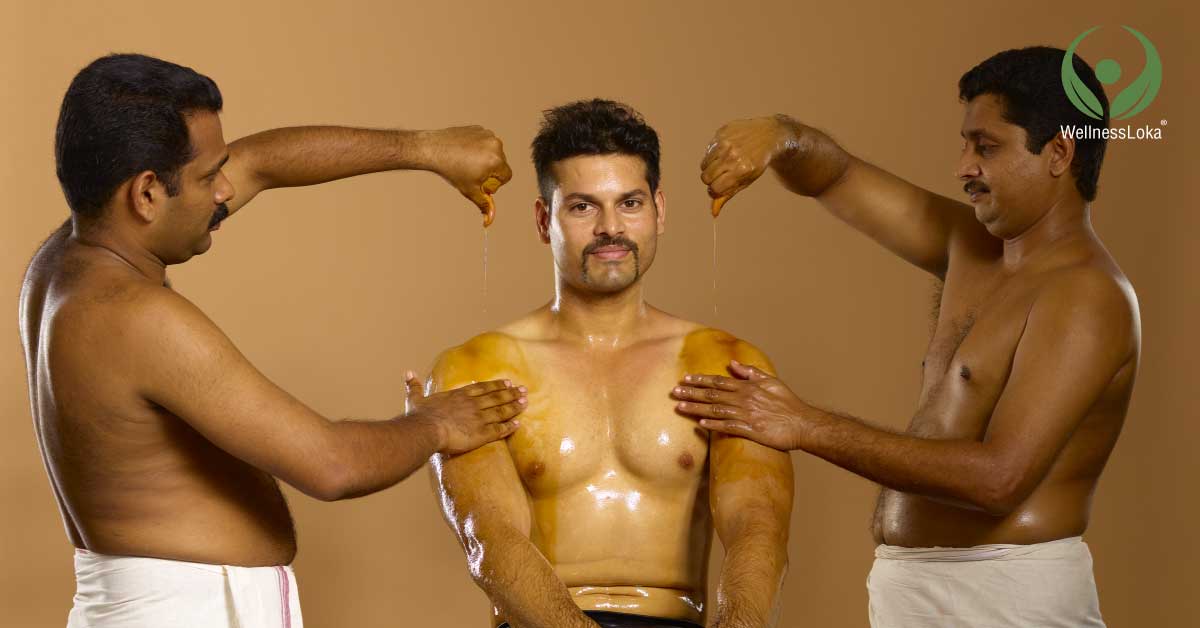Panchakarma
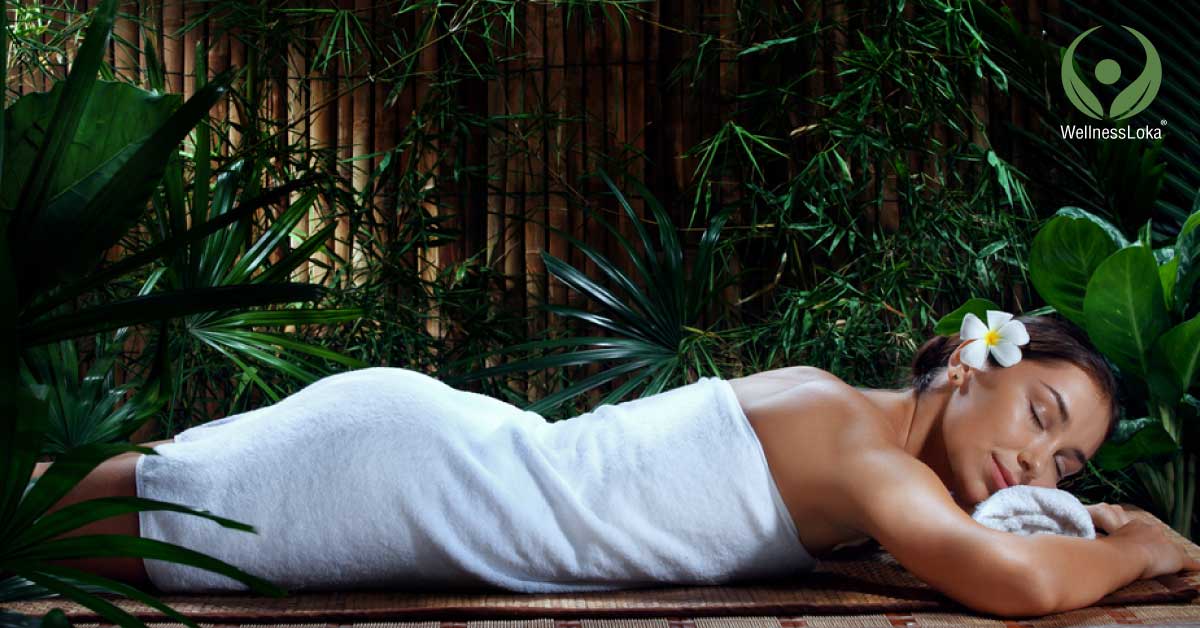
The word “Panchakarma” is so commonly heard word along with Ayurveda. But a majority thinks that Panchakarma is all about that special oil massage. So what is Panchakarma in real?
“Pancha” means five and “Karma” means procedure/actions. The word itself shows that it includes 5 procedures. These five procedures are designed for the internal purification of the body. Panchakarmas when performed in the correct way helps our body system to attain homeostasis and to repair and rejuvenate rapidly. Administration of medicines after performing the Panchakarmas will help facilitating the action of the medicines in the body.
Apart from treating a disease, the Panchakarmas are used as pre-operative procedure, before rejuvenation therapy etc.
WHAT ARE THE PANCHAKARMAS?
- Vamana
- Virechana
- Niruha Basti
- Anuvasana Basti
- Nasya
There are some pre-operative and post-operative procedures for Panchakarmas.
The Pre-operative procedures or Purvakarma include Dipana, Pachana, Snehana and Svedana.
The Post-operative procedures or Paschatkarma include Samsarjana Krama, Rasayanadi Karma and Samana Prayoga.
Let us have a look on these.
PURVAKARMAS/ PRE-OPERATIVE PROCEDURES
As we have discussed earlier, the main cause of a disease is the disturbed equilibrium of Doshas/ humors (Vata, Pitta, Kapha). So elimination of the vitiated dosha is done with the Panchakarma. Before doing this, our body should be prepared by the following porocedures:-
- Dipana
- Pachana
- Snehana
- Svedana
Dipana and Pachana:- By this process the digestion is enhanced. Internal medicines are given to the person that will enhance digestion.
Snehana:- Internal and external oleation. Through this procedure the body becomes moist, soft, oily and is liquefied. According to the disease and the condition of body the procedure is decided.
Internal oleation is the administration of oils or fats internally.
External oleation is the external application of oils or fats externally. These include Abhyanga ( Massage therapy) etc.
Snehana can also be done as the main procedure to cure specific diseases or for the nourishment of the body.
Svedana:- The sudation therapy. By this procedure the vitiated doshas are driven from the extremities or other parts of the body to the Koshta or to the digestive tract.
In this procedure the body is made to sweat or perspire. This helps to relieve stiffness and heaviness.
Svedana is the prime modality treatment for various disorders.
It includes various procedures like Kizhi, Dhara etc.
PRADHANA KARMA/ PANCHAKARMAS
Vamana:- Emesis therapy. This helps in the elimination of vitiated Kapha Dosha. The individual, after proper analysis, is administered with the emetic drugs at proper time.
Virechana:- Purgation therapy. This helps in the elimination of the vitiated Pitta Dosha. Here too, the procedure and the selection of drugs are done after thorough analysis.
Niruha Basthi:- Also known as Kashaya Basthi. Mainly different forms of Kashayas or decoctions are administered as enemas. But it is not merely an enema. It is a systemic therapy having a wide range of therapeutic effects. This helps in the elimination of the vitiated Vata Dosha.
Anuvasana Basthi:- Even though simple, when compared to Niruha Basthi, it is an important treatment. This is widely used in the treatment of the Vata related diseases.
Nasya:- Errhine therapy. Here the medicines are administered through the nose. This is usually done to eliminate doshas from sinus, throat, nose or head. Nasya is really effective in the treatment of various CNS disorders, facial palsy etc.
All the above mentioned Panchakarmas are not only curative but are also used as rejuvenative and preventive measures.
POST-OPERATIVE PROCEDURES/ PASCHAT KARMA
After the purification therapies, the digestion and body itself becomes weak. The post-operative procedures help to regain the strength and digestion. This includes planned diet and restricted activities along with internal medicines.
After the consultation of a physician, an individual can undergo Panchakarma. Physician is the one to decide whether the person is eligible to undergo Panchakarma. For better results, the person should obey the Physician’s directions.

